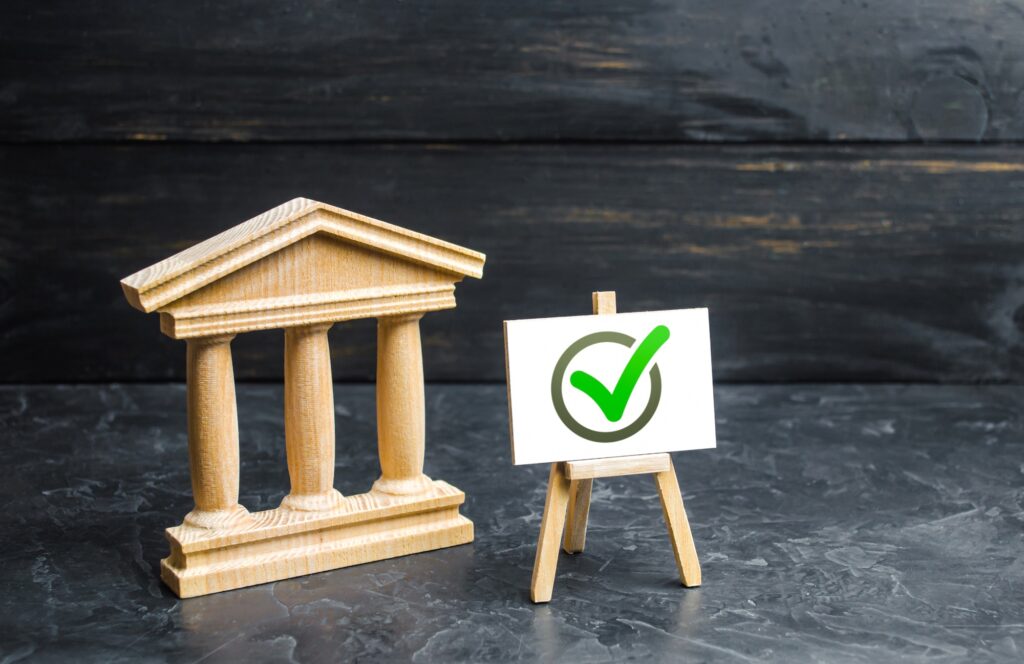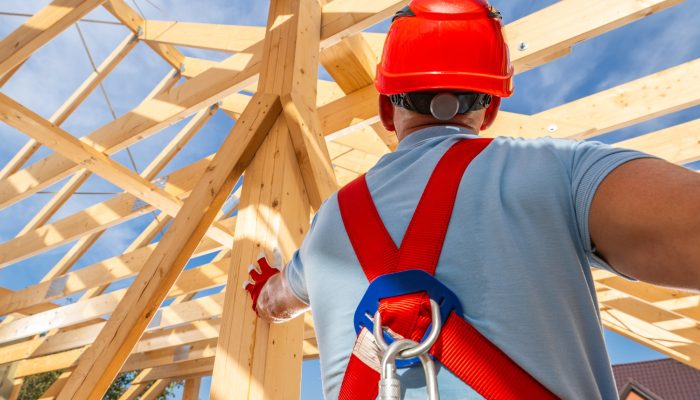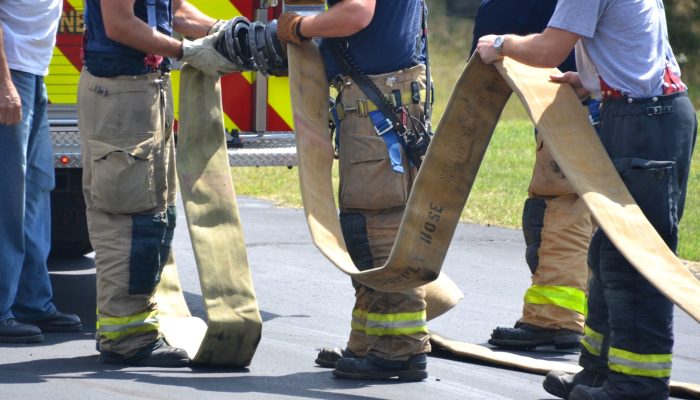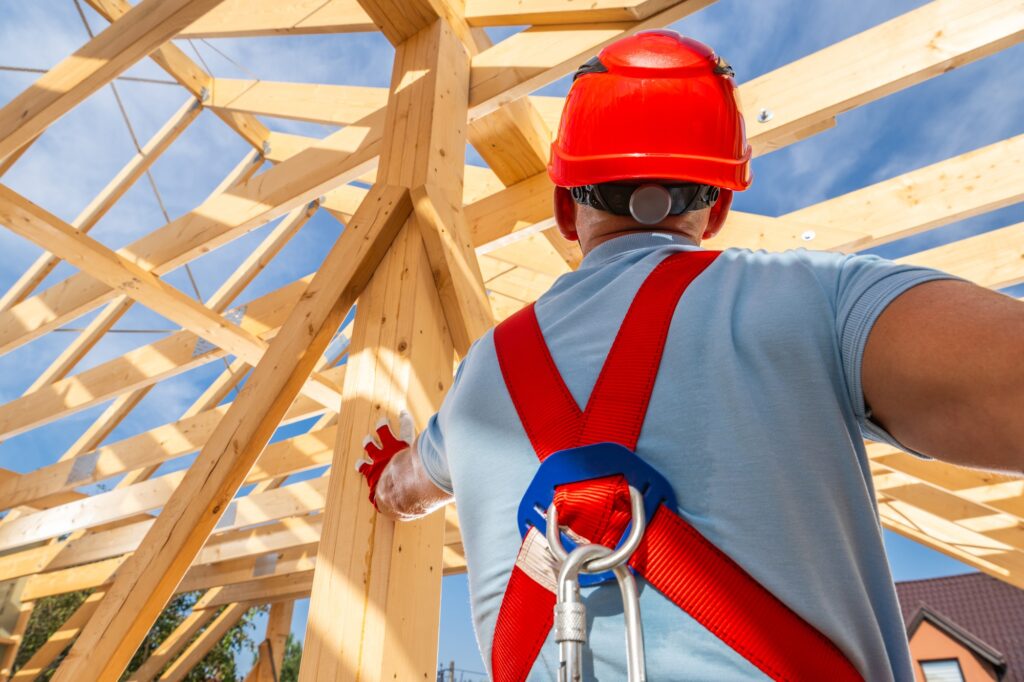
Recovering from wildfire damage can feel overwhelming, but with the right approach, rebuilding your home and life is possible. This guide outlines the essential steps to rebuilding after wildfire damage in Pacific Palisades. Whether you need help starting the process or want to make your home more resilient for the future, follow these steps to regain peace of mind.

Before you begin rebuilding, it’s crucial to assess the damage left by the wildfire. A professional inspection will help identify structural issues, smoke damage, and debris that need removal.
• Begin by assessing any structural damage caused by the wildfire.
• Look for lingering smoke and soot that may have settled in hard-to-reach areas.
• Hazardous debris on your property should also be identified and addressed carefully.
By thoroughly assessing the situation, you’ll have the information needed to file accurate insurance claims and plan your recovery process.
Filing an insurance claim is one of the most important steps in your rebuilding journey. Proper documentation and communication with your insurance company are key.
Tips for Filing Insurance Claims:
1. Start by documenting all visible damage with detailed photos.
2. Maintain thorough records of repair estimates and receipts to strengthen your claim.
3. Collaborate with your insurance adjuster to gain a clear understanding of your coverage options.
If you’re unsure how to start, many disaster recovery professionals can help guide you through the process. Accurate claims ensure you have the financial support needed for reconstruction.
Resource for Insurance Assistance and Guidelines:
California Department of Insurance Wildfire Recovery Page
After the damage is assessed and claims are filed, the next step is clearing your property to create a clean slate for rebuilding.
Steps for Debris Removal:
• Licensed professionals can help you safely remove hazardous materials from the property.
• Follow Pacific Palisades regulations for proper disposal of wildfire debris.
• Once the site is clear, ensure it’s ready for construction by leveling the land and managing vegetation.
This step is also an opportunity to plan for wildfire mitigation, such as creating defensible space around your home.
When it’s time to rebuild, focus on creating a home that’s both functional and fire-resistant. Using modern materials and techniques can help protect your home from future wildfires.
Consider These Fire-Resistant Features:
• Fireproof roofing and siding.
• Double-pane windows and ember-resistant vents.
• Fire-resistant landscaping, like gravel pathways and native plants.
JDB Builders inc also recommends SIP Panels. We work with our partner Buildshure who creates SIP panels that come in a variety of configurations depending on the specific project needs.
The two most common types of SIP Panels are:
1. Fire-resistant wood sheathing with a high R-value rigid foam core.
2. Magnesium oxide board (MgO) with a high R-value rigid foam core.
The rebuilding process is also a chance to rethink your home’s layout and design, ensuring it fits your family’s needs while prioritizing safety.
One of the most important steps in rebuilding is finding a reliable and credible design and build contractor. Partnering with a general contractor that handles both the design and construction aspects of the project ensures a smooth and fluid rebuilding process. This eliminates the need to coordinate multiple teams, saving time, reducing stress, and minimizing potential miscommunication.
Why Choose a Design and Build Contractor?
•Seamless collaboration between design, engineering, and construction teams.
•Faster project timelines with fewer delays.
•Clear communication and accountability from start to finish.
At JDB Builders, we simplify the rebuilding process by partnering with Riverside Engineering. Together, we provide comprehensive architectural, engineering, and construction services tailored to your needs. This collaboration ensures that every aspect of your project is handled by experienced professionals who understand the unique challenges of rebuilding in wildfire-affected areas.
Once construction is complete, the focus shifts to home restoration and personalization. This is when your house transforms back into a place of comfort.
Home Restoration Priorities:
• Reinstall furnishings and personal items.
• Address emotional recovery by reestablishing routines.
• Reconnect with neighbors and community support systems.
Restoring your home is about more than just rebuilding walls—it’s about rebuilding your life and finding normalcy again.
After experiencing wildfire damage, preparing for the future becomes a priority. Taking preventative steps now can reduce the risk of future losses.
Tips for Disaster Preparedness:
• Defensible space around your home can be achieved by removing flammable materials near your property.
• Incorporate fire-resistant materials into any future renovations or repairs to reduce risks.
• Emergency evacuation plans are crucial—develop one and practice it with your family regularly.
Wildfire safety measures not only protect your property but also bring peace of mind during fire season.
Rebuilding after a wildfire requires expertise and local knowledge. We understand the specific needs of Pacific Palisades homeowners and have extensive experience in fire restoration and rebuilding.
By choosing us, you’ll receive:
• Guidance through the rebuilding process, from start to finish.
• Access to the latest fire-resistant materials and techniques.
• Personalized solutions tailored to your home and lifestyle.
Navigating the rebuilding process can feel daunting, but you don’t have to do it alone. Here are some helpful resources to support your recovery:
• California Office of Emergency Services – Updates on disaster recovery efforts.
•Residential Insurance Contact List
Rebuilding after wildfire damage in Pacific Palisades is a journey, but it’s one you don’t have to face alone. By following these steps and partnering with experienced professionals, you can recover, rebuild, and prepare for the future.

1. California Wildfire Rebuild Resources:
California Department of Forestry and Fire Protection (CAL FIRE)
2. Building Codes and Safety Standards:
California Building Standards Commission (CBSC)
3. Insurance Assistance and Guidelines:
California Department of Insurance Wildfire Recovery Page



Pacific Palisades Services: